The original Ibai was something of a culinary legend in San Sebastian. Until its closure in 2021 it was the hardest table to book in the city, serving simple but stunning food under chef Alicio Garro. The restaurant reopened in late 2023 in a new incarnation with a brand new kitchen team. The new executive chef is Paulo Airaudo, who is originally from Cordoba in Argentina. During his career he has worked at restaurants such as Arzak and The Fat Duck. He also had his own restaurant La Bottega in Geneva, which was awarded a star just four months after opening in 2015, and then worked at Amelia in San Sebastian, which gained a Michelin star within seven months of its opening in April 2017 (and later gained a second star). The basement is essentially unchanged, seating maybe twenty guests at capacity. At this particular meal there was a single table for the large group that had booked out the whole restaurant, but that is not the normal configuration. The tasting menu that we had was priced at €200. In the original Ibai (which means "river" in Basque) there was no printed menu and the food just arrived from the kitchen, and the tasting menu format has been continued here.
The wine list started at €32 and had selections such as Angel Sequeiros Albariño 2017 at €69 for a wine that you can find in the high street for €25, Trimbach Reserve Riesling 2018 at €88 compared to its retail price of €35, and Rioja Alta 904 2015 at €135 for a bottle whose current market price is €88. There were old vintages of some classic wines, such as CVNE Vina Real Gran Reserva Especial 1954 at €500 for a bottle whose current price is €331 if you could find it. Oddly, some of the grander wines had the highest markups. Vega Sicilia Unico 2009 was an absurd €1,800 for a wine that retails at €450, while Unico 2004 was also €1,800 compared to its current Wine Searcher average price of €376. By contrast, Oremus Aszu Essencia 6 Puttonyos 2014 was listed at €180 yet retails at more than this, currently at €227. It was certainly good to see some genuinely old Spanish reds, which in general age very well indeed.
The first course was poached oyster with a sauce of pepper and vinegar. This was a simple but enjoyable dish, the sauce having good balance, the sourness of the vinegar a contrast to the salinity of the oyster, which had good flavour (15/20). This was followed by baby squid with extra virgin olive oil, continuing the theme of simplicity. Such a dish lives or dies by the quality of the core ingredient and its cooking, and both were spot on here. The squid was very tender and flavourful, the simple treatment allowing the core ingredient to shine (16/20).
Lobster with shiso vinegar was the next dish, served cold. The shellfish was again very tender, and the slight sour note of the vinegar and the slight astringency of the perilla was a nice balance for the natural sweetness of the lobster (16/20). An even simpler dish followed, a single large red prawn that had been grilled over charcoal. This was certainly a good product that was correctly cooked and seasoned accurately. It is hard to score such a dish, but it was certainly enjoyable (15/20).
A trio of kokotxas followed, a local speciality. This is the neck of hake, cooked in three ways. One was fried, one grilled and one slow cooked, producing a slightly gelatinous texture that is much prized here. This is a variation on a dish that is frequently reproduced in this part of the world. Hake is not to everyone’s taste, nor is the gelatinous texture of this dish, but it was certainly made well here and was as intended (15/20). Next was brown king crab meat served in its shell, mixed with roasted bread and grilled tomato. This was another simple dish, but this worked particularly well for me. The crab had lovely natural sweetness and the bread offered a pleasing textural contrast to the crab meat (17/20).
This was followed by squid that had been slow cooked for four hours and then mixed with a sauce of squid ink, along with a confit of tiny squid. The cephalopods used here were very tender, the dish quite appealing with its contrasting colours and its complementary alternate textures of squid (16/20).
The original Ibai used to do a stunning Dover sole dish, and the next course tried to reproduce that. Here the sole was filleted and offered with a sauce made from the sole bones along with vinegar and olive oil. This was nice enough, but for me the sole, although it had very good flavour, was cooked a little longer than I would have liked (14/20). Aged loin of beef from a local cow was grilled and served with a peppered cream. The beef was nicely cooked and plenty of deep flavour, the gentle touch of pepper lifting the flavour of the meat nicely. On the side, chips were very good, precisely seasoned and nicely cooked (16/20).
After some local cheeses we had a dessert of crème caramel with caviar. Ever since Bruno Verjus in Paris started serving caviar with a chocolate tart, it seems almost obligatory these days for dessert chefs to add a blob of caviar to their dishes. In this case there is some logic, just as salted caramel was the idea behind the chocolate and caviar combination. Here crème caramel has some affinity to the brininess of caviar, and fortunately here it was restrained enough that it added an interesting contrast rather than dominating (15/20). Coffee was pleasant and came with lemon madeleines that were rather too soggy to my taste, though there was also some nice chocolate to go with the coffee.
Service was good, the staff being patient and capable. The bill was €200 for the food plus wine, which in our case was €193, so €393 (£333) per person. Of course, you could order cheaper wine, in which case a typical cost per person might be more like €240 (£203). It would have been nice to see a few more vegetables in the meal, as for example I fondly recall some dazzling peas at the original Ibai, but this is a common lament in restaurants in Spain, where protein is king and vegetables are as rare as unicorns.
Overall, this was certainly a very good meal, with a sense that it captured the spirit of the original Ibai in terms of simplicity of cooking and emphasis on high grade ingredients. I think the original was better in terms of execution, but I was hardly expecting the new incarnation to live up to the original, which was a remarkable and legendary restaurant. If you ignore the history then the new Ibai is a very good restaurant producing enjoyable food in a welcoming environment, and that is something that any restaurant should aspire to.
















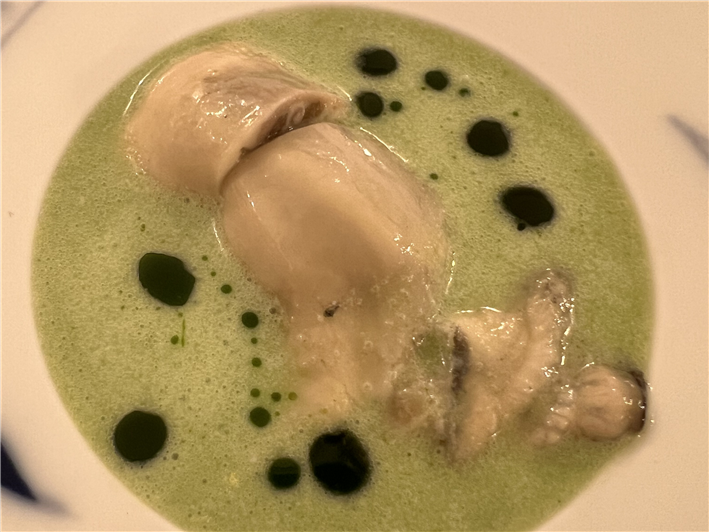
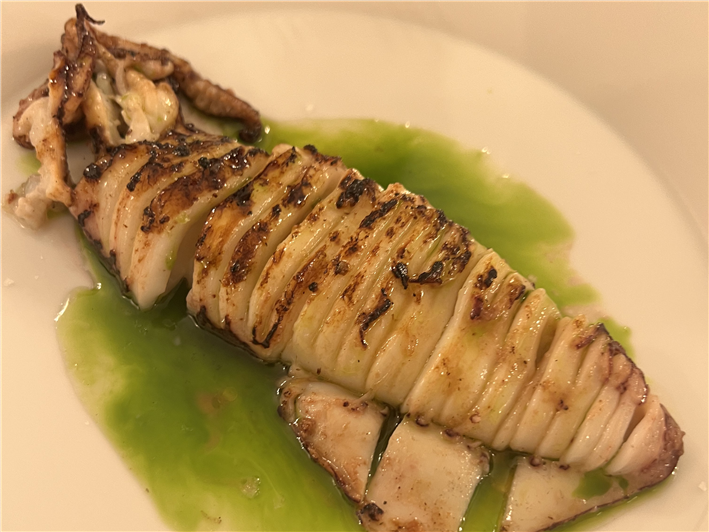
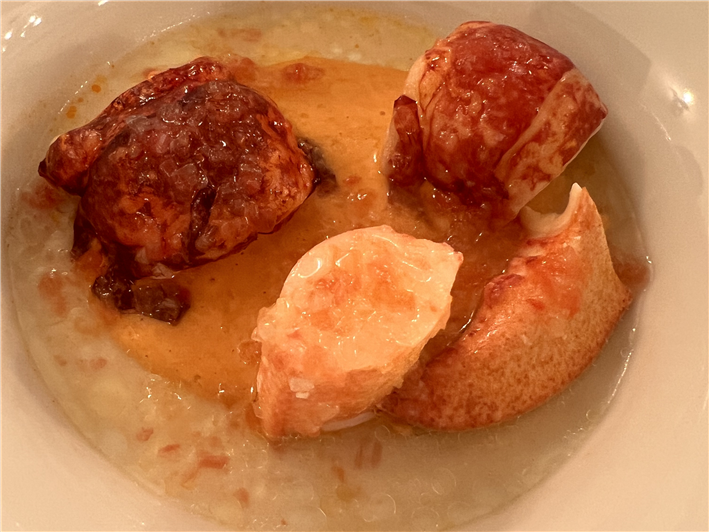
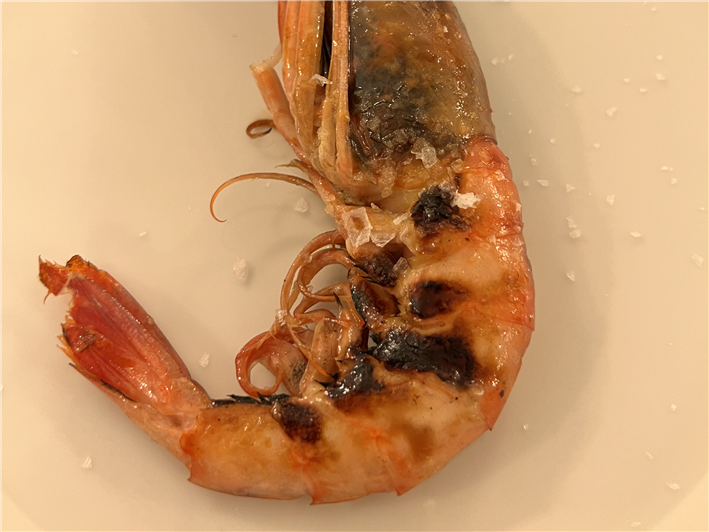
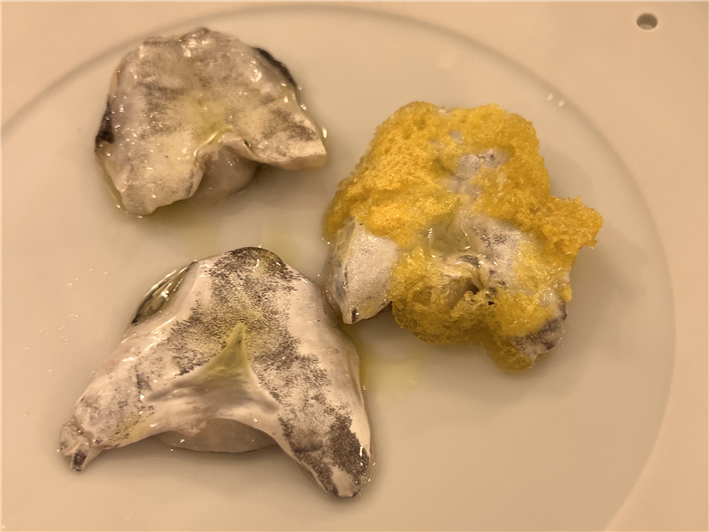
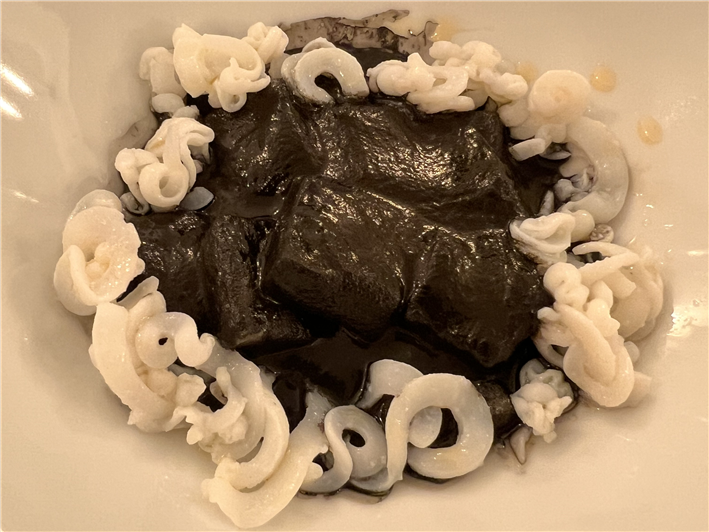
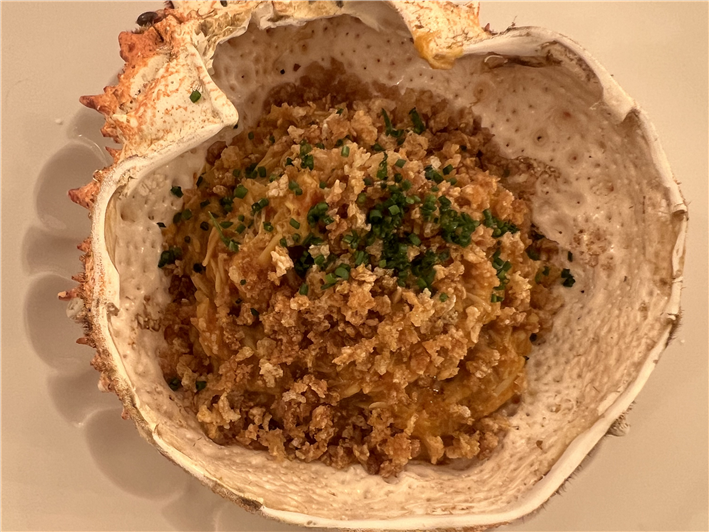
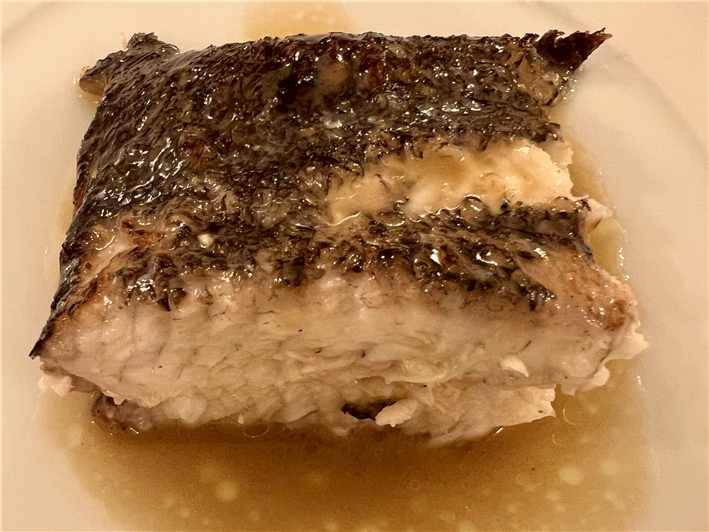
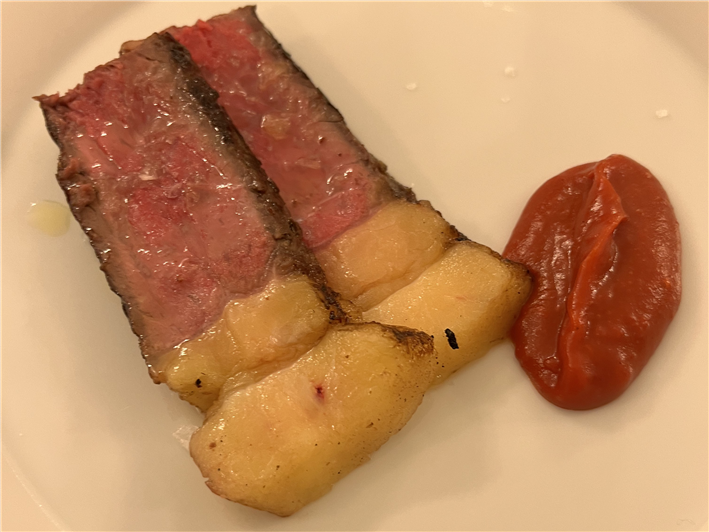
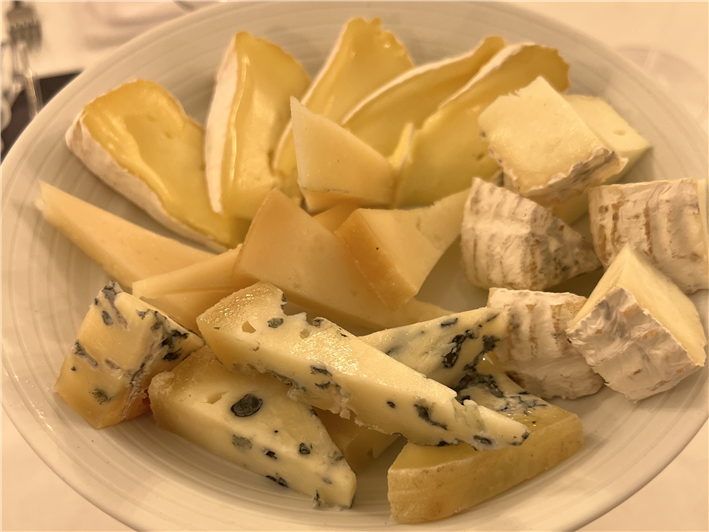



John
This is on my wifes and myself bucket list this makes it more exciting i really cant wait to go